- Write by:
-
Friday, December 31, 2021 - 14:10:27
-
497 Visit
-
Print
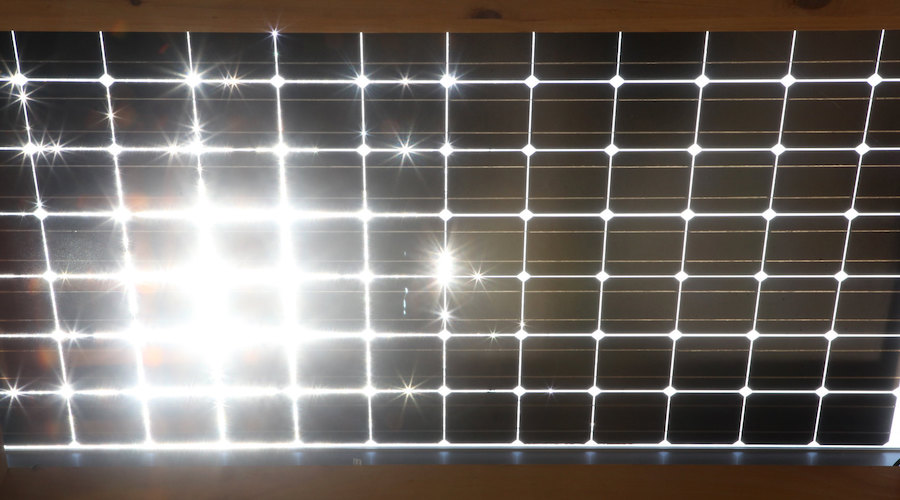
Mining News Pro - Researchers at India’s Tata Institute of Fundamental Research (TIFR) have developed a compact lithium-ion battery with photosensitive materials that can be directly recharged with solar energy.
According to the scientists, previous efforts to channel solar energy to recharge batteries used photovoltaic cells and batteries as separate entities. Solar energy, thus, was converted by the photovoltaic cells into electrical energy that was consequently stored as chemical energy in the batteries. The energy stored in these batteries was then used to power electronic devices.
But this relay of energy from one component to the other, that is, from the photovoltaic cell to the battery, leads to energy losses. To address this issue, the team at TIFR led by Amar Kumar started to explore the use of photosensitive components inside batteries themselves.
At the same time, the group decided that it was necessary to tackle some of the most common pitfalls of solar batteries, namely, their reduced ability to harness enough solar energy as time passes; their use of organic electrolytes, which may corrode the photosensitive organic component inside a battery, and the formation of side products that hinder the sustained performance of a battery in the long term.
Kumar and his colleagues began exploring new photosensitive materials which can also incorporate lithium and build a solar battery that would be leak-proof and operate efficiently in ambient conditions.
In a paper published in the journal Nano-Micro Small, the team explains that solar batteries which have two electrodes usually include a photosensitive dye in one of the electrodes physically mixed with a stabilizing component which helps drive the flow of electrons through the battery.
But an electrode, which is a physical mixture of two materials, has limitations on optimal usage of the surface area of the electrode. To avoid this, the researchers created a heterostructure of photosensitive molybdenum disulphide MoS2 and molybdenum oxide MoOx to function as a single electrode.
Being a heterostructure wherein the MoS2 and MoOx have been fused together by a chemical vapour deposition technique, this electrode allows for more surface area to absorb solar energy. Thus, when light rays hit the electrode, the photosensitive MoS2 generates electrons and simultaneously creates vacancies called holes. MoOx keeps the electrons and holes apart and transfers the electrons to the battery circuit.
The scientists found that this solar battery, which was assembled from scratch, operates well when exposed to simulated solar light.
Following these findings, Kumar and his co-authors started working towards unearthing the mechanism by which MoS2 and MoOx work in tandem with lithium anodes resulting in the generation of current.
“While this solar battery achieves a higher interaction of photosensitive material with light, it is yet to achieve the generation of optimum levels of current to fully recharge a lithium-ion battery,” they said in a media statement.
Short Link:
https://www.miningnews.ir/En/News/618333

Chile’s SQM called another investors meeting at the request of its second-largest shareholder, Tianqi Lithium Corp., ...

Polish government is abandoning plans to separate coal-fired power plants into a special company and is considering ...

Lithium supplier Vulcan Energy on Wednesday announced the start of production of the first lithium chloride at its ...
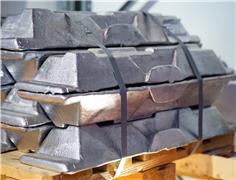
Vietnam’s top miner Vinacomin plans to invest 182 trillion dong ($7.3 billion) to ramp up its alumina-aluminum ...

A stuttering recovery in lithium prices is providing a fresh reminder of why the dramatic rally of recent years was ...
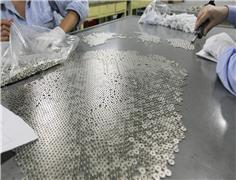
Rare earths prices in top producer China jumped to their highest in more than seven weeks on Monday on a wave of ...
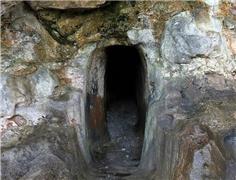
Researchers at the University of Edinburgh discovered that bacteria found in areas polluted by acid mine drainage had ...
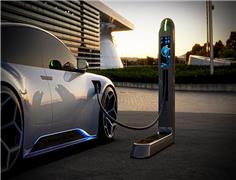
A US and European Union push to reach an accord on fostering critical mineral supply chains is set to miss another ...

Indonesia’s mining minister on Wednesday said divestment of Vale Canada Ltd and Sumitomo Metal Mining Co. Ltd’s shares ...
No comments have been posted yet ...